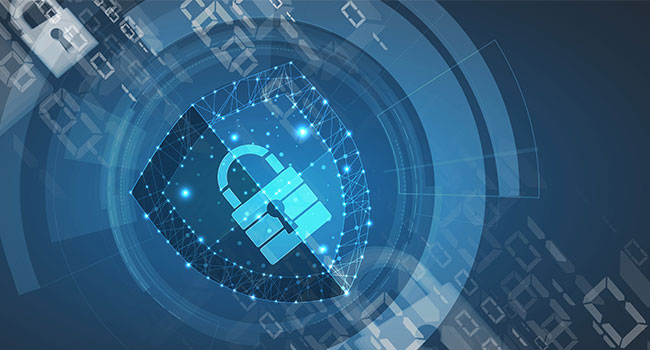
Why Having a Cybersecurity Awareness Month is a Good Idea
- By Saryu Nayyar
- Oct 06, 2021
Cybersecurity isn’t a controversial topic and practice. Especially in an era where daily stories break about breaches and thefts of enterprises, government agencies, and even individuals, most computer literate people are aware of the potential for harm.
So why do we even bother with promoting a Cybersecurity Awareness Month? Doesn’t everyone already know? What more can we do here?
Well, while most people have a superficial awareness of attacks and the harm they can cause, many assume that these are things that happen to someone else, not them. Most have not been directly affected by attacks or identity theft, so it remains an abstract threat. Even those whose identities have been compromised through the loss of personal information often don’t see a tangible loss.
That’s not to say that everyone needs a bad experience to remind them of the need to keep cybersecurity in mind. Ideally, both individuals and organizations should be able to operate day-to-day without worries about breaches and theft.
But unfortunately that’s not the world we live in. Ignoring the growing problem of cybersecurity, attacks, and thefts won’t make them go away. The entire problem has gotten much worse in recent years. So the question is what do enterprises do to help people understand and personalize a largely abstract concept like cybersecurity?
Make Cybersecurity Personal
Large numbers of people have discovered that their personal information has been compromised by a data breach. In most cases, the breach doesn’t result in identity theft or any other kind of theft. Even if we get a formal notification (required in California but not always carried out even there), if millions of records are stolen chances are that most will never be used.
It’s not that the average person doesn’t care about protecting their data, but rather that it seems out of their control. And when nothing bad happens, they are convinced that the entire scenario was overblown. Many tend to discount any indication of a problem because it didn’t directly impact them.
In fact, awareness and attention to cybersecurity are vital to any effort to combat it. Every individual has to think about potential security implications with every action they take. So how do organizations best encourage their employees, customers, and partners to keep cybersecurity constantly at the forefront of their thoughts?
1. Keep everyone informed. Users need to know about active threats, and how to protect their systems and data against them. IT teams should have open lines of communication throughout the organization, in order to clearly keep everyone in the loop on the latest threats.
2. Send regular updates on threats. IT teams have to let all stakeholders know about how active threats work and what users can do in response. This includes informing them about the progress and impacts of threats, and if they have been observed in the organization.
3. Tell users what to look for. IT and cybersecurity staffs can’t assume that regular users and customers have the same knowledge and experience that they do. Users need to appreciate and utilize the expertise that IT professionals bring to cybersecurity in order to understand the nature of the threat.
4. Hold education events. IT and security staff should hold regular training sessions for all stakeholders, both in-person and virtual. Getting in front of people and demonstrating how attacks work and what harm they could do is a very graphic way of illustrating what people should be looking for.
Engage Your IT Staff Too
To be fair, organizations also need a much better effort out of their IT staff and security analysts. The failures involving breaches and data theft are primarily driven by flaws in systems design and implementation, and by inattention by those charged with security responsibilities. There are too many breaches, too many instances of ransomware, and millions of data thefts on a regular basis to let the professionals off the hook. Granted, in some cases it may be inadequate funding or insufficient staffing, but the ease in which attackers can have their way with networks is frightening.
But a part of that effort has to be successfully engaging everyone in the fight against attackers. Attackers’ motivations are broad and, except for the profit motivation, largely unfathomable, and it doesn’t make sense to focus on those.
Instead, let’s focus on trying to define how we can better engage IT staff and individual users. IT staff needs to be aware even more than individual users. While they have responsibilities that usually go beyond cybersecurity, it has to factor into their thinking in every decision they make.
Cybersecurity is Everyone’s Responsibility
Ultimately, everyone - IT, executives, regular users, customers, contractors, and more are responsible for cybersecurity practices. Rather than keeping threats and knowledge to themselves, IT and security staff have to share freely and communicate on an ongoing basis.
And what most stakeholders need is ongoing awareness and information of both best practices and current threats. Cybersecurity Awareness Month makes for a great reminder that there is no end to the threats, and no end to what everyone needs to understand about those threats and how to recognize and combat them.